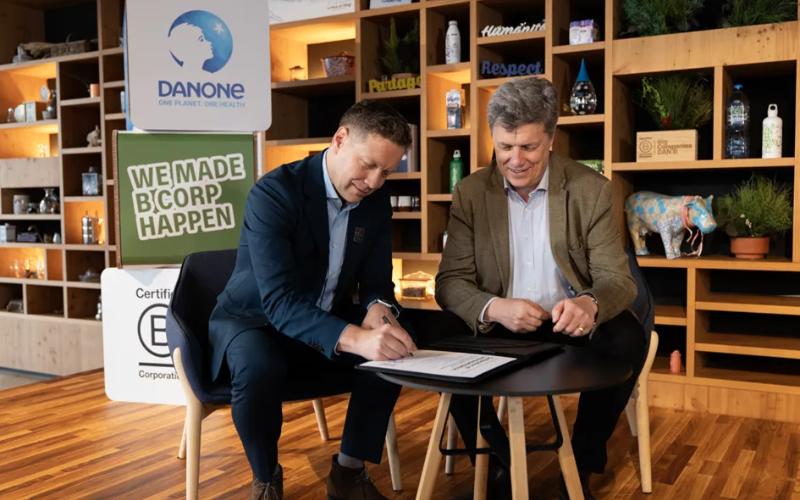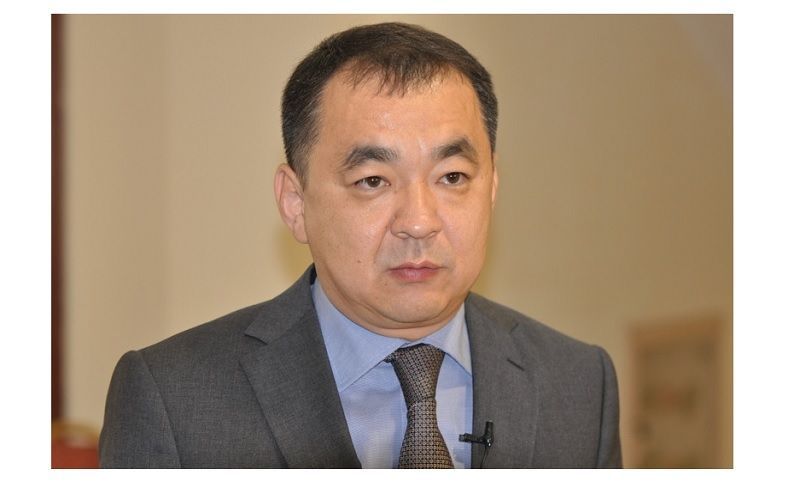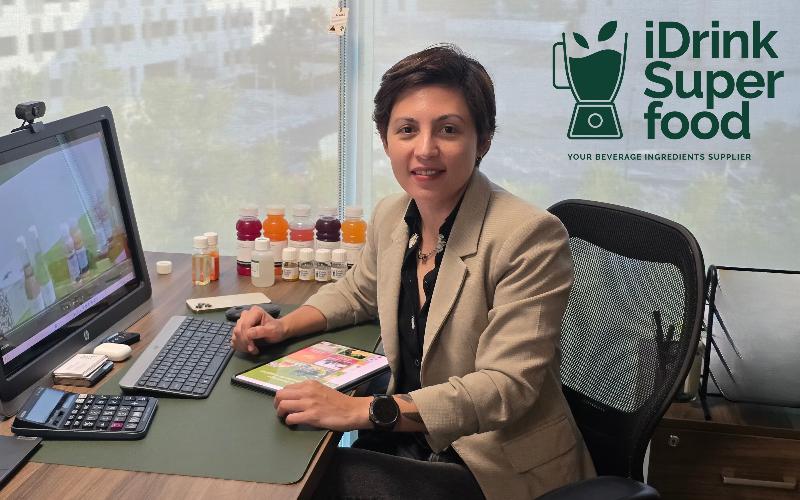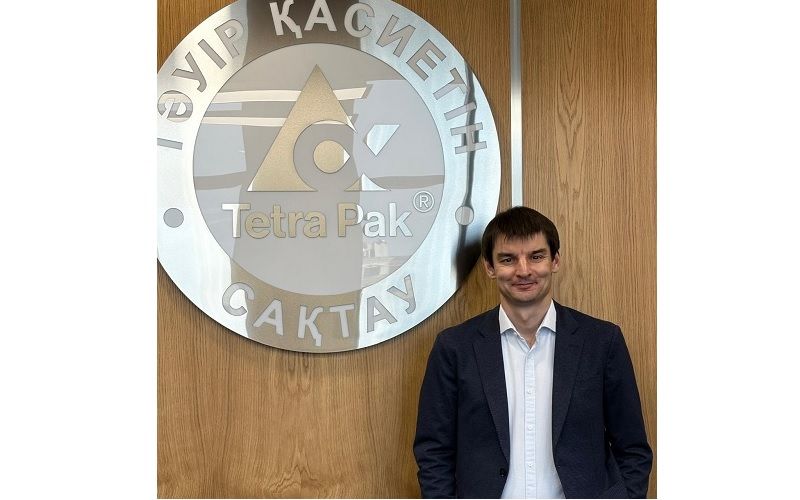Struggling Dairy Farmers in Maharashtra Confront Financial Crisis
Sourse: in.edairynews.com
Maharashtra's dairy farmers face debilitating financial challenges due to low milk prices, overshadowing health concerns like Lumpy Skin Disease.
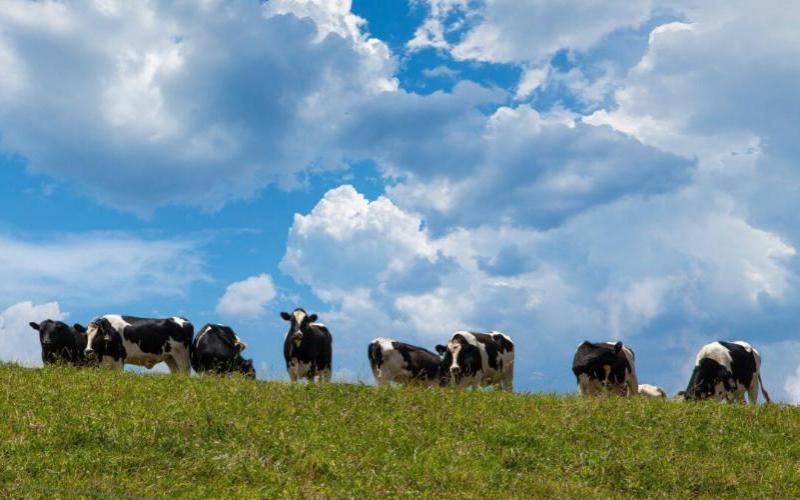
In Maharashtra, the dairy farming community is enduring a profound economic crisis due to persistently low milk prices coupled with escalating costs. This financial predicament has largely overshadowed concerns such as the re-emergence of Lumpy Skin Disease (LSD), a viral ailment impacting cattle after a three-year dormancy. Dairy farmers in Pune and elsewhere are grappling not with the virus, but with plummeting profits fr om milk sales.
Dairy farmer Amarsingh Kadam from Pune’s Indapur taluka illustrates this fiscal struggle, wh ere dairies offer approximately Rs 32 per liter - markedly beneath their production cost of Rs 35-40 per liter. This pricing imbalance has precipitated ongoing losses, rendering many dairy operations unsustainable. Compounding these challenges are growing production costs, driven by higher cattle feed and labor expenses, ending with eroded profit margins.
Although a Rs 5 per liter state subsidy was available in 2024 as temporary relief, its cessation has intensified pressures on farmers who now face potential further price drops come September’s "flush" season—a period of increased milk yield traditionally leading to reduced procurement prices. These issues signal deep vulnerabilities in the larger dairy supply chain, spotlighting the urgent call for equitable dairy economics to protect smallholders who depend on dairy farming for their livelihoods and food security.
Dairy farmer Amarsingh Kadam from Pune’s Indapur taluka illustrates this fiscal struggle, wh ere dairies offer approximately Rs 32 per liter - markedly beneath their production cost of Rs 35-40 per liter. This pricing imbalance has precipitated ongoing losses, rendering many dairy operations unsustainable. Compounding these challenges are growing production costs, driven by higher cattle feed and labor expenses, ending with eroded profit margins.
Although a Rs 5 per liter state subsidy was available in 2024 as temporary relief, its cessation has intensified pressures on farmers who now face potential further price drops come September’s "flush" season—a period of increased milk yield traditionally leading to reduced procurement prices. These issues signal deep vulnerabilities in the larger dairy supply chain, spotlighting the urgent call for equitable dairy economics to protect smallholders who depend on dairy farming for their livelihoods and food security.



